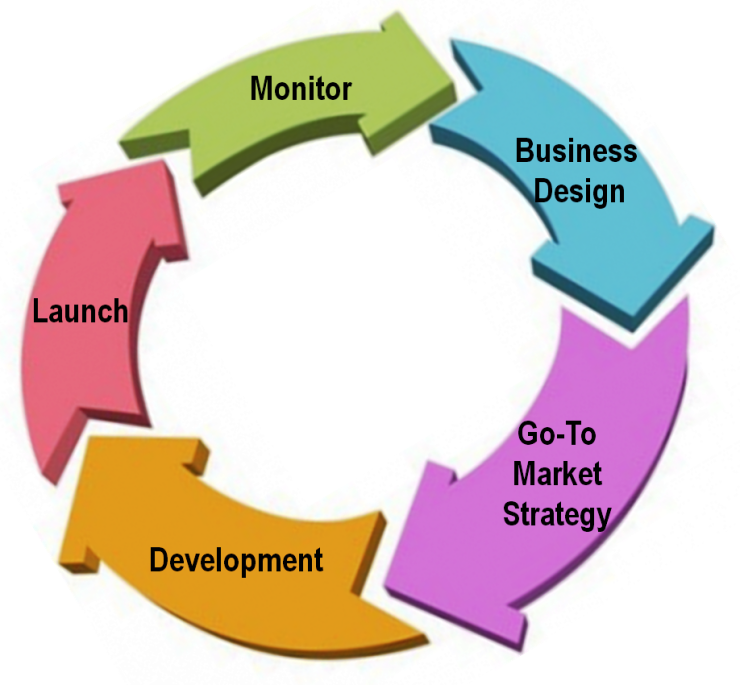If I saved a penny every time somebody told me that they were developing (or have developed) the next big thing, I would be, well, better off.
I always appreciate the enthusiasm and passion in people who dedicated their energy to develop the product they believe in. Then, I start with my standard list of questions:
- What problem does your product solve?
- Who cares about solving this problem?
- Are they willing to pay for the solution? Can they afford it? How much would they pay?
- What is your business model? How does it work?
- How do you plan to go to market? Who are your early adopters? Why did you choose them?
- So on so forth…
Actually, most of the time, the answer to the first question is a laundry list of things the product could do. Not specific, not targeted, but a list of things customers could do with this great product. I can barely go beyond the second or third question before the person’s eyes glaze over or they tell me that they will figure out the answers once development is done and they get to market.
This scenario repeated itself enough times and with both entrepreneurs and large organizations that I decided to put together the following framework for implementing innovative solutions and commercializing them.

As the diagram indicates, business is a never-ending cycle. Those who learn how to constantly improve their capabilities and remain relevant to markets stay in business. Others (hopefully) quickly or, in many cases, slowly go into oblivion.
So, if you are an entrepreneur hoping to build a business around your idea or an intrapreneur bringing the next line of business in an organization, where do you start? I aim to answer this question with the above framework:
- Business Design
Start here! Before embarking on development, identify the problem you intend to solve – SPECIFICALLY! Find out who suffers from the problem the most and whether or not they are willing to pay someone to make it go away. Then, at least create a cursory understanding of how you would make money delivering this solution. - Go-To-Market Strategy
Next, give some thought to how you would penetrate the market you identified in Step 1. How do you plan to penetrate target markets and how do you plan to attract their attention? Who is that particular person you need to get on your side? Do you know what they care about, how they make their decisions, what constraints (eg. regulatory, budget cycles) they have to deal with? - Development
OK, now go for development. And, develop to impress those targets you identified in step 2, not the whole world. And, validate your product quickly and as cheaply as possible. Identify the key features your targets care about and get it into their hands early. Find out what works and what wows your customers. Get their feedback before investing much effort, time and money into the nitty gritty details of product development. - Launch
This is where you go for a bigger splash. Chances are you do not want to launch to the whole world at once. What will your cycles look like? Do you have a solid sales process and plan? How do you learn from market response and how do you act? - Monitor
You can only improve what you monitor and you cannot monitor everything. Choice of what matters to your business and creating appropriate business intelligence infrastructure is hard work. Many entrepreneurs think that this step only applies to large organizations and they do not need to worry about it. ABSOLUTELY WRONG! If you do not monitor how your business is doing, you will never succeed in the following cycles.
This brings me to the last point I want to make: business is a continuous learning and adapting exercise. The job is not finished when the product gets to market, it is just starting. I have successfully used this framework both for brand-new commercialization and for iterative improvements. I hope it helps you too.
I welcome your comments on my blog. Please share this posting if you find it helpful. If you have any questions, comments or thoughts, I would love to hear from you.
6 thoughts on “A Framework for Commercialization at Startups & Large Organizations”